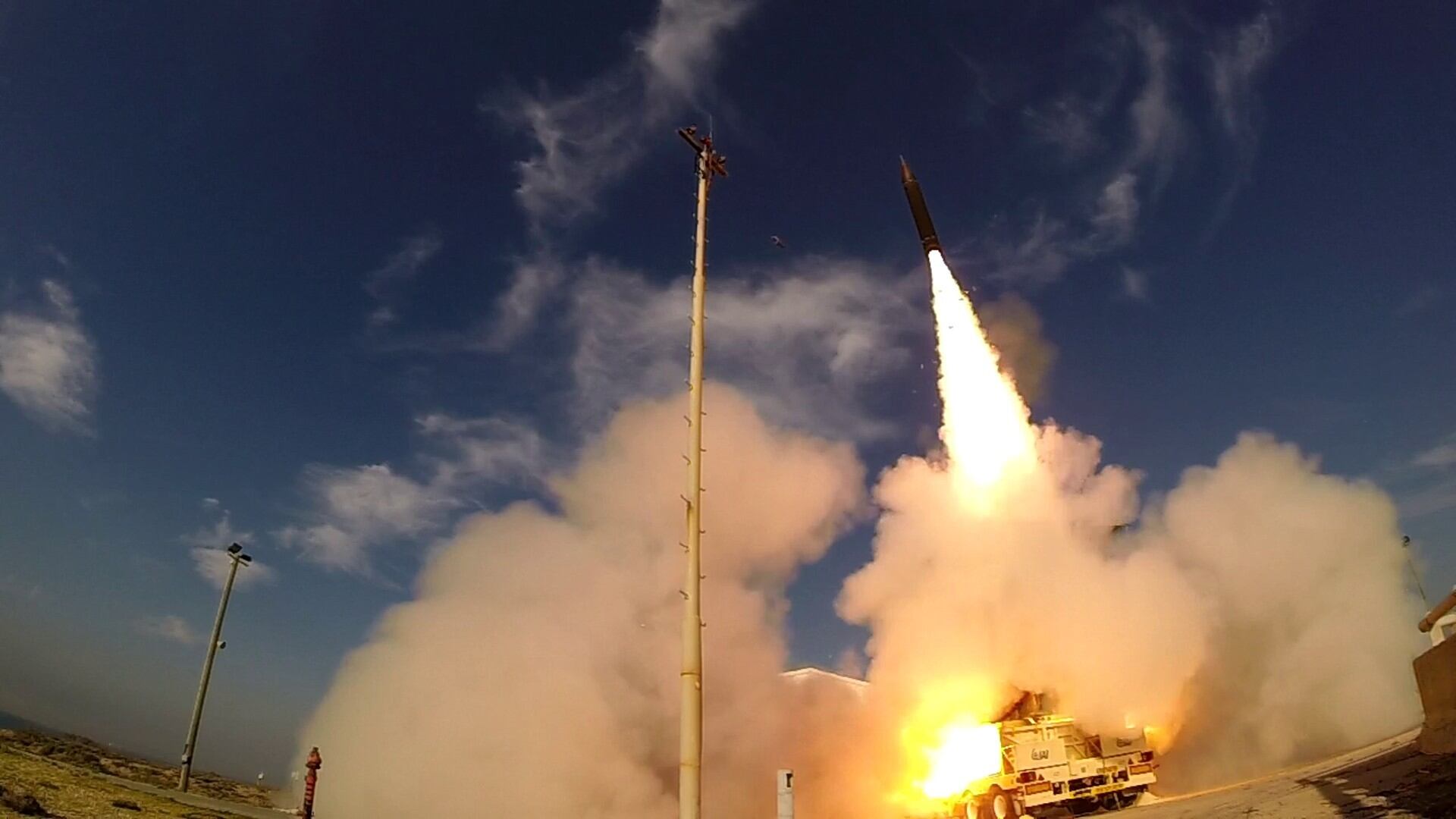PALMACHIM AIR FORCE BASE, Israel — Monday’s “no test” of the Arrow-3 interceptor due to target missile performance anomalies underscored the paramount importance Israel places on safety when conducting complex and dangerous tests from the nation’s main ballistic missile test range here, in the highly populated heart of the country.
As far as sophisticated instruments for accurately measuring and tracking such long-range, high-velocity objects goes, the test range at this seaside base is similar to the sprawling Ronald Reagan Ballistic Missile Defense Test Site in the Pacific Marshall Islands, the U.S. Army’s White Sands Missile Range in the New Mexico desert or even Moscow’s Kura range in the far east of Russia.
From here, Israel deploys front-line optical, radar and telemetry instruments up and down the Israeli coast, with hundreds of kilometers of fiber cables and air- and sea-based communications links providing redundant layers to ensure each point of the target missile trajectory and of the ground-based defender are properly covered.
What distinguishes this range from the vastly larger but no less technologically advanced ranges in the U.S. or Russia is that this site sits squarely in the heart of the country, with the Port of Ashdod to the south, Ben Gurion Airport to the north, and multiple desalination plans and other critical infrastructure all around, according to Lt. Col. Ofir, the commander of an Israeli Air Force missile-testing unit.
“More than 2 million people live in a 15-kilometer radius of here,” said the commander, whose last name was withheld from publication for security reasons. “Obviously these people weren’t here in 1969 when the site was established, but back in those days, it was determined that this place offered the most optimum point along our entire coast for launching westward over the sea.”

In an interview months before the Dec. 4 Arrow-3 “no test,” Ofir noted that such intercept tests can take up to six months to plan. Hundreds of people from Israel’s defense establishment are involved in such tests, as are dozens of aircraft, ships and ground-based assets. Tests of the Arrow-3 exo-atmospheric interceptor, he noted, are actually two tests run in parallel, where planners must always prepare for the worst.
“We follow and track two systems at the same time since the target missile ― the family of the Sparrow ― is actually being launched by our pilots toward Israel. That means we have to be prepared for the possibility that the intercept won’t happen and the target will continue flying towards Israel. We have to make sure that all safety precautions are being taken; and that’s all separate from all the other safety procedures in place regarding the intercepting system,” he said.
Whether it’s the periodic launch of an Israeli spy satellite or the much more frequent milestone tests of Israel’s Arrow and David’s Sling missile defense intercepting systems, Ofir said, the same four-pronged safety assurance process applies:
“The first green light we get is from my technical manager, who works and checks all the instrumentation. If it’s a green range, the second green light is from the operational manager, who conducts the operational mission, ensuring that aircraft are deployed to keep air routes clear and help from the Israel Navy to make sure sea corridors are clear. We also have forces checking that all the ground area inside the hazard zone is clear. And if all that is green, we still need clearances from the safety manager and, finally, from the industry. There is a test manager from the industry who has his own protocols and makes sure the weapon system [or systems] have passed each phase and are ready for launch. Only after all four green lights are given will the test manager initiate countdown.”
RELATED

In the aborted Dec. 4 test, an Israeli Air Force F-15 deployed at long ranges above international waters launched an upgraded version of the Sparrow target missile toward the Israeli coast. The plan was for the Arrow’s Super Green Pine radar to detect and track the target, launch its interceptor and destroy the incoming target hundreds of kilometers in space.
The entire test was to have lasted about 10 minutes, but just seconds after the F-15 launched its target missile ― way before Arrow’s radar could even pick up the target missile heading toward Israeli shores ― a decision was made to abort the test.
“Shortly after the target was launched, it started behaving in a way that was not conforming to safety parameters determined in advance and we were forced to declare a ‘no test,’ ” said Moshe Patel, director of the Israel Missile Defense Organization at Israel’s Defense Ministry.
Opall-Rome is Israel bureau chief for Defense News. She has been covering U.S.-Israel strategic cooperation, Mideast security and missile defense since May 1988. She lives north of Tel Aviv. Visit her website at www.opall-rome.com.








